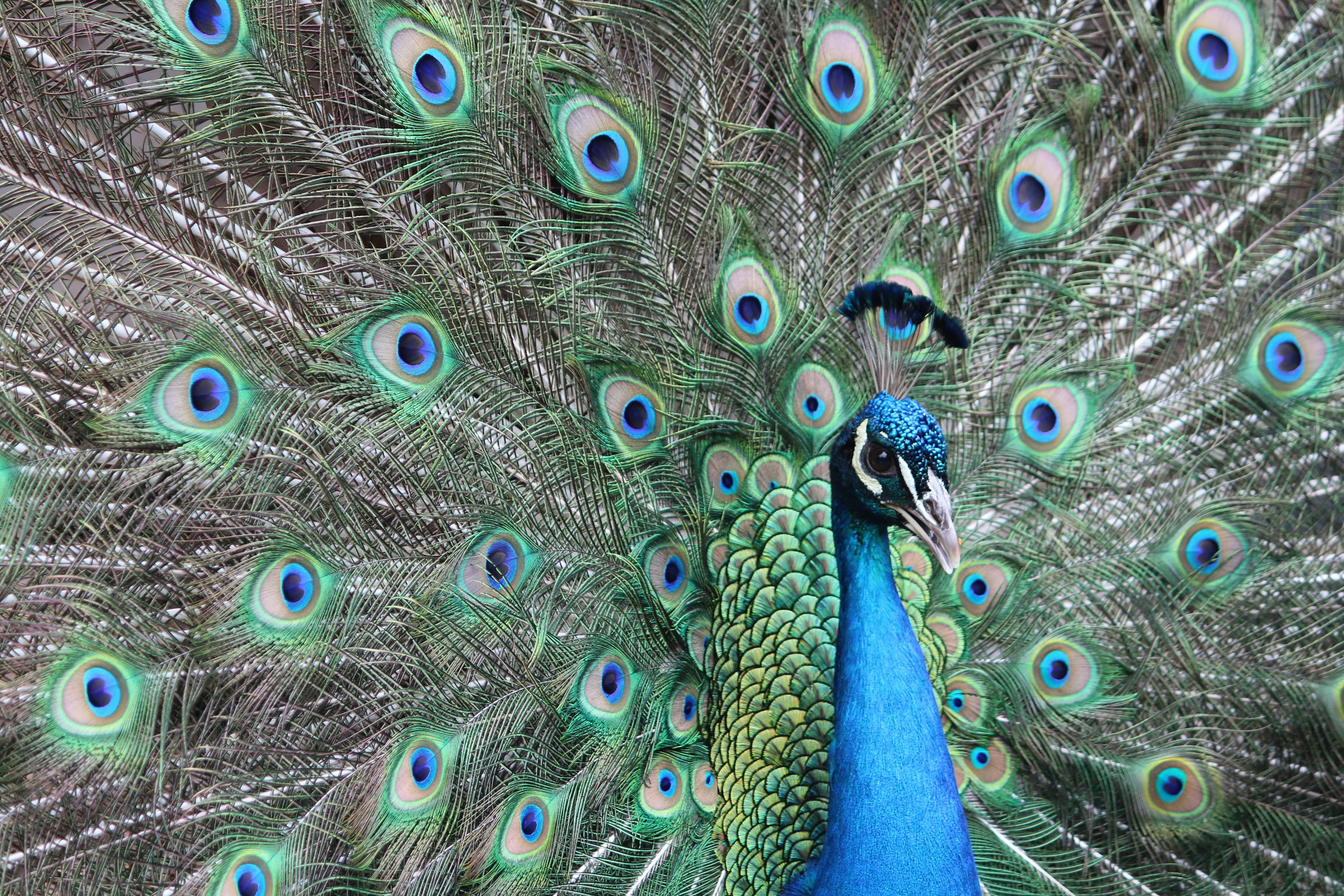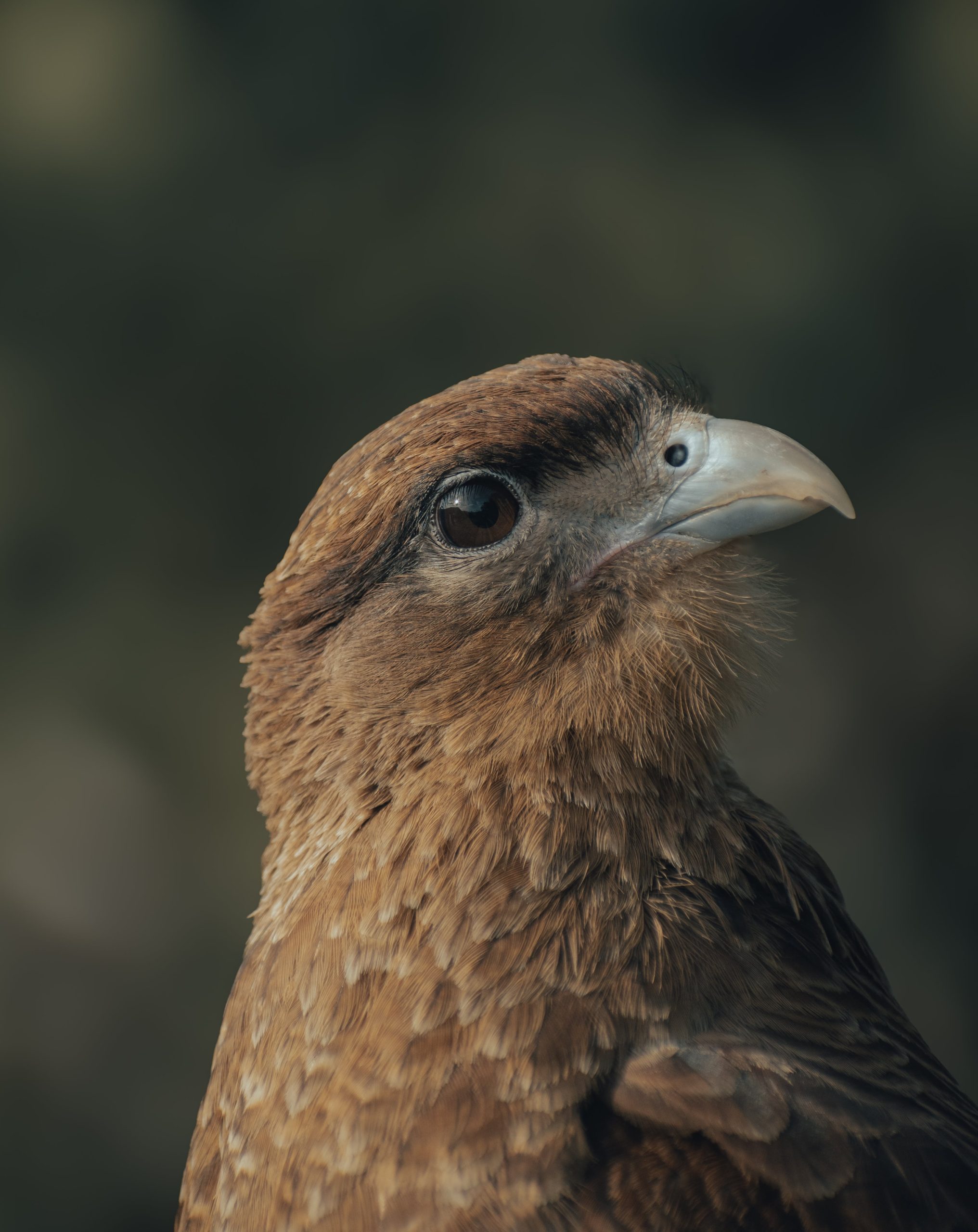Are you a bird enthusiast looking to attract vireos to your yard? Well, you’re in luck! In this article, we will explore the top 3 insect treats that vireos absolutely love. From specialized bird seeds to innovative bird feeders, we’ll provide you with a variety of options to make your yard the ultimate vireo paradise. So get ready to transform your backyard into a haven for these delightful feathered friends and watch as they enjoy their favorite treats.

Understanding Vireos
Vireos are small, colorful songbirds that can be found in various parts of the United States. They belong to the family Vireonidae and are known for their insectivorous diet. In this article, we will explore the characteristics of vireos, their habitat and distribution, as well as their dietary preferences. We will also discuss the importance of insect nutrients to vireos and provide tips on how to encourage these delightful birds into your garden. If you’re interested in attracting vireos to your backyard, we’ll even recommend some trusted brands that offer insect treats, bird feeders, and birdhouses specifically designed for vireos.
Characteristics of Vireos
Vireos are small to medium-sized birds, usually measuring between 4 to 7 inches in length. They have a stout build with rounded heads and short, thick bills. The coloration of vireos can vary depending on the species, but they are often characterized by vibrant plumage and distinctive markings. Many vireos have a greenish or olive-colored back, with the undersides being lighter in color. Some species also have bold eye rings or wing bars, which add to their charm. Overall, vireos are known for their beautiful appearance and melodious songs.
Habitat and Distribution
Vireos can be found in a wide range of habitats across the United States. They are most commonly found in forests and woodlands, although they can also be seen in shrubby areas, swamps, and thickets. Different species of vireos have specific habitat preferences, with some favoring deciduous forests, while others prefer coniferous forests or open woodlands.
The distribution of vireos varies depending on the species. Some, like the Red-eyed Vireo, can be found throughout most of the United States during the breeding season. Others, such as the Black-capped Vireo, have a more restricted range and are only found in certain regions. It’s important to note that vireos are migratory birds, with many species traveling to Central and South America during the winter months.
The Vireo Diet
Vireos are primarily insectivorous birds, meaning they primarily feed on insects and other invertebrates. Insects provide vireos with essential nutrients that they need to thrive, including proteins, fats, and minerals. Understanding the dietary preferences of vireos can help us attract these fascinating birds to our gardens by providing them with the food they love.
Why Vireos Love Insects
Insects are a crucial part of a vireo’s diet for several reasons. Firstly, insects are a rich source of protein, which is essential for building and repairing tissues, producing eggs, and overall growth and development. Secondly, insects are high in fats, providing vireos with the energy they need to fuel their active lifestyles. Lastly, insects are a valuable source of minerals, such as calcium and phosphorus, which are important for maintaining strong bones and carrying out various physiological processes.
Prey Preferences of Vireos
While vireos are generally insectivorous, different species may have specific preferences when it comes to prey. Some vireos, like the Warbling Vireo, have a broad diet and will consume a variety of insects, including caterpillars, beetles, flies, and spiders. Other species, such as the Blue-headed Vireo, may have a more specialized diet and primarily feed on caterpillars and other soft-bodied insects.
How Vireos Hunt for Insects
Vireos are active foragers and use a combination of hunting techniques to capture their insect prey. They may glean insects from leaves and branches, hover to catch flying insects mid-air, or even sally out to capture insects in flight. Vireos are skilled at locating their prey, often using their keen eyesight to spot insects from a distance. Once they have detected their target, vireos use their nimble movements and agile flight to make precise captures.

What Insects Vireos Love
Vireos have a diverse palate when it comes to insects, but there are a few favorites that they particularly enjoy. Understanding the specific insects that vireos love can help you tailor your garden to attract these delightful birds and provide them with a plentiful food source.
Caterpillars as Vireo Treats
Caterpillars are a staple in a vireo’s diet. These soft-bodied insects are packed with nutrients and are a valuable source of protein. Vireos, especially during the breeding season when they are raising their young, rely on caterpillars to help nourish their growing chicks. By planting native plants that support a healthy caterpillar population, you can create a caterpillar buffet that vireos won’t be able to resist.
Beetles in the Vireo Diet
Beetles also make up a significant part of a vireo’s diet. These diverse insects come in various shapes and sizes, offering vireos a range of options to choose from. From leaf beetles to weevils, vireos have a keen eye for beetles and will eagerly hunt them down. Providing beetle-friendly habitats in your garden, such as areas with decaying wood or leaf litter, can attract these insects and, in turn, attract vireos.
Flies: Another Vireo Favorite
Flies are another favorite treat for vireos. These small, flying insects are abundant in many ecosystems and provide vireos with a readily available food source. Fruit flies, hoverflies, and crane flies are just a few examples of the flies that vireos may target. By ensuring a diverse insect population in your garden, including an abundance of flies, you can entice vireos to visit and stay.
The Importance of Insect Nutrients to Vireos
Insects are not only a tasty treat for vireos but also a crucial source of nutrients that are essential for their overall health and well-being. Let’s explore the specific nutrients that vireos obtain from their insect-dominated diet.
Proteins and Vireos
Proteins are the building blocks of life, and vireos rely on insects to fulfill their protein requirements. Proteins play a vital role in muscle development, cell repair, and the production of important enzymes and hormones. Without an adequate protein intake, vireos would struggle to grow, reproduce, and maintain their overall health.
Fats and Vireos
Fats are a concentrated source of energy, and vireos need a sufficient supply of fats to fuel their active lifestyles. Whether they are foraging for insects or engaging in migratory flights, vireos rely on fats to power their movements. Fats also help insulate and protect organs, support the growth of feathers, and aid in the absorption of certain vitamins.

Minerals and Vireos
Insects are a rich source of minerals, which are essential for various physiological functions in vireos. Calcium, for example, is crucial for the development and maintenance of strong bones and eggs, while phosphorus plays a role in energy metabolism and DNA synthesis. By feeding on insects, vireos can replenish their mineral stores and ensure optimal health and functioning.
Encouraging Vireos into your Garden
If you’re a bird enthusiast and want to attract vireos to your garden, there are several steps you can take to create a vireo-friendly habitat. By providing the right conditions and resources, you can make your garden an inviting space for these beautiful songbirds to visit and potentially nest.
Creating a Vireo-friendly Habitat
Vireos thrive in areas with a mix of shrubs, trees, and vegetation. By incorporating a variety of plants in your garden, including native species, you can create the ideal habitat for vireos. Dense shrubs and thick foliage offer vireos protection from predators and provide ample nesting sites. Additionally, planting trees that produce berries or fruits can attract insects, which in turn will attract vireos.
Provision of Fresh Water
Like all birds, vireos need access to fresh water for drinking and bathing. Providing a bird bath or shallow water feature in your garden can be a magnet for vireos, especially during hot summer months or periods of drought. It’s important to regularly clean and refill the water source to ensure it remains clean and inviting.
Safe Nesting Sites for Vireos
Vireos build cup-shaped nests using twigs, grasses, and other plant materials. They often choose dense shrubs or small trees for nesting, as these offer protection and concealment from predators. To attract nesting vireos, consider planting shrubs or small trees with suitable branches for nest building. Avoid excessive pruning or removal of dense vegetation to provide vireos with safe and secure nesting sites.
Using Insect Treats to Attract Vireos
One effective way to attract vireos to your garden is by offering them insect treats. These treats can supplement their natural diet, especially during times when insects may be scarce. Let’s explore some strategies for using insect treats to entice vireos into your backyard.
The Use of Insect Feeders
Insect feeders are specialized feeders designed to hold live or dried insects. These feeders can be hung in your garden, providing vireos with easy access to a tasty snack. Make sure to choose an insect feeder that is suitable for vireos and can accommodate the types of insects they prefer. Place the feeder in a quiet and safe location, away from potential disturbances.
Adding Live Insects to Bird Feeders
If you already have bird feeders in your garden, consider adding live insects to attract vireos. You can purchase live mealworms, crickets, or other insects from reputable suppliers and place them in small dishes or trays near the bird feeders. The movement and scent of live insects will catch the attention of vireos and entice them to visit your feeders.
Buying Insects for Feeding Vireos
If you don’t have access to live insects or prefer not to handle them, you can also purchase dried insect treats from trusted brands. These treats are rich in nutrients and can be easily added to existing bird feeders or specialized insect feeders. Look for high-quality insect products that are specifically formulated for vireos and provide a diverse range of insect species.
Brands You Can Trust for Vireo Insect Treats
When it comes to purchasing insect treats for vireos, it’s important to choose reputable brands that prioritize the health and well-being of these birds. Here are a few brands that are known for their high-quality insect products:
Kaytee’s Insect Products
Kaytee specializes in bird seeds, feeders, and accessories. They offer a range of insect products, including live mealworms and dried insect treats, that can be used to attract vireos to your garden.
Wagner’s Insect Treats
Wagner’s is a leading brand for various bird seed mixes, and they also offer insect treats that are suitable for vireos. Their products are known for their quality and reliability.
Wild Delight’s Insect Offerings
Wild Delight is known for its premium bird food products, and they also offer insect treats that vireos will love. Their insect offerings are designed to provide vireos with the essential nutrients they need for optimal health.
Bird Feeder Brands for Vireos
In addition to insect treats, having the right bird feeder can also attract and accommodate vireos. Here are a few brands that offer bird feeders suitable for vireos:
Perky-Pet’s Bird Feeders
Perky-Pet is known for its wide range of bird feeders, including feeders specifically designed for songbirds like vireos. Their feeders are durable and designed to attract a variety of bird species.
Droll Yankees’ Vireo Feeders
Droll Yankees is a trusted brand that offers high-quality bird feeders, including feeders that cater to the needs of vireos. Their vireo feeders are designed to provide a comfortable and safe feeding experience for these birds.
Woodlink’s Bird Feeders
Woodlink offers a variety of birdhouses and feeders, including feeders suitable for vireos. Their feeders are known for their durability and functionality, providing a reliable food source for vireos in your garden.
Using Vireo Birdhouses
Providing vireos with suitable nesting sites is another way to attract and support these birds in your garden. Vireo birdhouses are designed specifically for their nesting preferences, offering them a safe and secure place to raise their young. Here are a few brands that offer vireo birdhouses:
Stokes Select’s Vireo Birdhouses
Stokes Select provides a range of bird feeders, birdhouses, and bird seed, including vireo birdhouses. Their birdhouses are designed with vireos in mind, offering the right dimensions and features to attract nesting vireos to your garden.
Audubon’s Birdhouses
Audubon is notable for its bird conservation efforts as well as their birding supplies. They offer birdhouses that meet the nesting needs of vireos, providing a suitable environment for these birds to nest and raise their young.
Heath Outdoor Products’ Birdhouses
Heath Outdoor Products specializes in bird feeders and birdhouses. They offer birdhouses that are well-suited for vireos, with features that prioritize their nesting requirements and safety.
Ensuring Insect Treats are Safe for Vireos
When using insect treats to attract vireos, it’s important to ensure that the treats are safe and free from potential hazards. Here are a few precautions to keep in mind:
Avoiding Pesticide Tainted Insects
When purchasing live insects or insect treats, make sure they have not been exposed to pesticides or other harmful chemicals. Pesticides can be toxic to vireos and can have detrimental effects on their health. Look for suppliers or brands that prioritize pesticide-free and organic practices.
Safe Storage of Insect Treats
Proper storage of insect treats is essential to maintain their freshness and prevent contamination. Store dried insect treats in a cool, dry place, away from direct sunlight or extreme temperatures. If you are using live insects, make sure to follow the storage instructions provided by the supplier to ensure their longevity.
Preventing Disease Spread Through Feeders
Bird feeders can be gathering places for various bird species, including vireos. It’s important to regularly clean and disinfect your feeders to prevent the spread of diseases. Remove any old or spoiled insect treats from the feeders and clean them with a mild solution of bleach or a bird-safe disinfectant. This will help ensure the health and well-being of vireos and other birds that visit your garden.
In conclusion, vireos are fascinating songbirds that rely on insects for their survival. By understanding their characteristics, dietary preferences, and habitat requirements, we can take steps to encourage vireos into our gardens. Offering insect treats, providing suitable bird feeders and birdhouses, and creating a vireo-friendly habitat can attract these beautiful birds and provide them with the necessary resources they need to thrive. By following these tips and recommendations, you can enjoy the presence of vireos in your garden and contribute to their conservation efforts.
